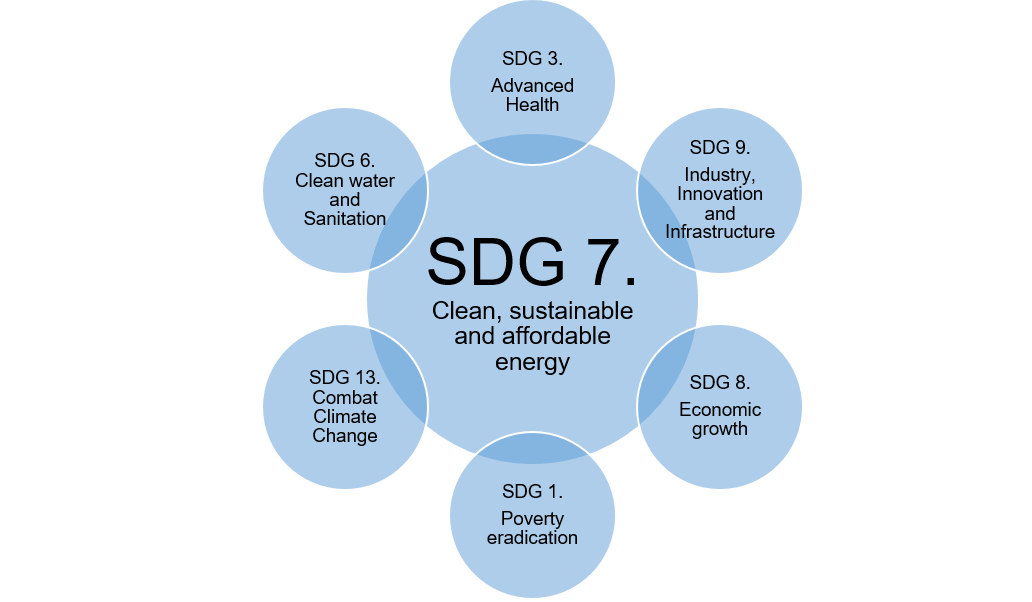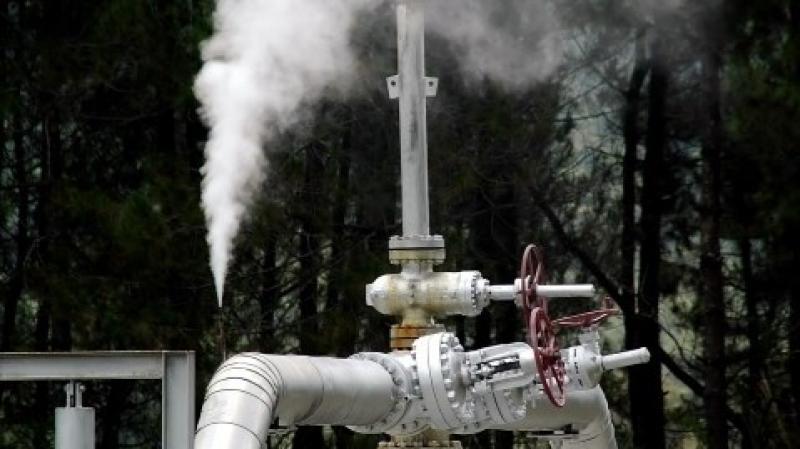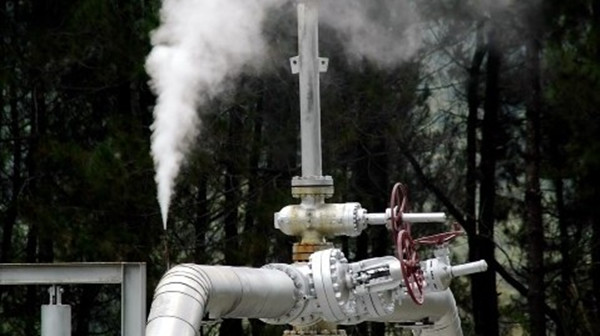When it comes to the enforcement of energy labelling norms for the electrical appliances industry, an increase in the window of norms revision from the current two-year cycle, as well as lowering GST based on energy efficiency can help the industry.
As a change in these norms has an impact on cost and price, value engineering by manufacturers, local manufacturing and educating customers about energy efficiency can also help, according to experts.
This is in the backdrop of the new energy labelling norms, set to be applicable for refrigerators from January 2020 and air-conditioners from January 2021. New energy labelling norms for ceiling fans are also expected to be implemented from July 2020.
Hetal Gandhi, Director, CRISIL Research, said, “Increase in prices on account of Bureau of Energy Efficiency (BEE) rating changes will have a bearing on customer sentiment.”. Typically, a 1-star jump in the energy efficiency rating translates to a 4-5 per cent increase in product prices, keeping other things constant, she said.
A change in energy efficiency norms has an impact on the cost as higher raw material content has to be utilised by the industry to improve or sustain the star rating, said Gandhi.
Even though a revision in energy efficiency norms happens every two years, and the benefits of 5-star ACs and refrigerators are often bandied about, customer awareness about what exactly it entails remains insufficient, as the demand for higher energy-efficient products is weak, according to experts. For instance, B Thiagarajan, Joint MD, Blue Star Ltd, pointed out that only 11-15 per cent of customers opt for 5-star ACs while buying an AC.
Household appliances such as ACs and refrigerators come with star ratings, which are categorised as per Indian seasonal energy efficiency ratio (ISEER) bands and comparative energy consumption (CEC) criteria respectively, and indicate the amount of cooling the appliance delivers for every unit of electrical energy consumed, explained Gandhi. The higher the rating, the more energy efficient it is.
While energy efficiency norm revisions will continue to happen and is necessary for sustainable growth, there is a strong need to incentivise customers so that they migrate to pay more for higher energy-efficient products, said Thiagarajan. Higher energy efficiency comes at a higher price and in India, people are more inclined towards paying on the basis of the initial cost, rather than the life-cycle cost, he pointed out.
‘Adding to woes’
Pradeep Bakshi, Managing Director and CEO, Voltas Limited, said, “The new energy labelling norms will surely have an impact on the input cost owing to technology and manufacturing upgradation. With the current economic slowdown and also the industry growing at a very slow pace, this additional cost burden may further add to the woes.”
The adoption of energy efficiency appliances can be further enhanced by making them more affordable, said Manish Sharma, President & CEO, Panasonic India.
A larger window of four to five years as against the current two year norm for revision of energy labelling norms was suggested by Bakshi, as echoed by other experts.
“It’s best if the norms are long-term and stable, it helps plan the business more effectively, and avoid repeated disruptions. Longer norms cycle will allow time to develop and align manufacturers with the required technical modifications/change,” affirmed Anuj Poddar, Executive Director at Bajaj Electricals.
However, Thiagarajan was of the opinion that energy efficiency revisions should be subject to a progressive increase, wherein companies improve their energy efficiency by 2-2.5 per cent every year. This will enable it to go largely unnoticed by customers as the prices will also not see a sudden surge, he explained.
Various suggestions
GST reduction on energy-efficient models to narrow the price gap between energy- efficient products and normal products is also something that Gandhi, Thiagarajan and Sharma suggested to make these products more affordable.
Since manufacturing energy-efficient appliances entails additional costs, companies can take steps such as value engineering, which will increase efficiency while keeping a leash on costs, said Gandhi.
Given that a large part of premium-segment products is either imported or assembled after importing components, a shift towards local manufacturing can bring down costs, she said. “Government intervention in the form of ‘Make in India’, inviting global players to set up manufacturing plants in the country, too, can bring down costs,” she added.
Manufacturers can also emphasise on technology upgrade and energy efficiency while launching these new products to differentiate it from the existing products, said Gandhi.
There is also a need for advertisements to draw attention to the benefits of energy-efficient products and lower power consumption, and also for dealers and sales executives also to direct customers towards higher energy-efficient products, said Thiagarajan.
“The problem is, you are thinking a notification (on new energy label norms) is issued and everything will happen (automatically). Consumers don’t behave like that. They take their own time. You are supposed to be continuously educating the consumer,” he explained.
Ensuring energy efficiency
While energy labelling is a tool, it is not by itself a solution, cautioned Thiagarajan. Talking about ACs, he said that proper installation and servicing, as well as the use of the recommended temperature of 24 degrees for optimum energy efficiency are also important in reducing carbon footprints and ensuring energy efficiency, he said.
“Moving towards products and processes that allow a more sustainable and greener tomorrow is beneficial not just for us as a manufacturer but also the consumer,” said Bakshi.







